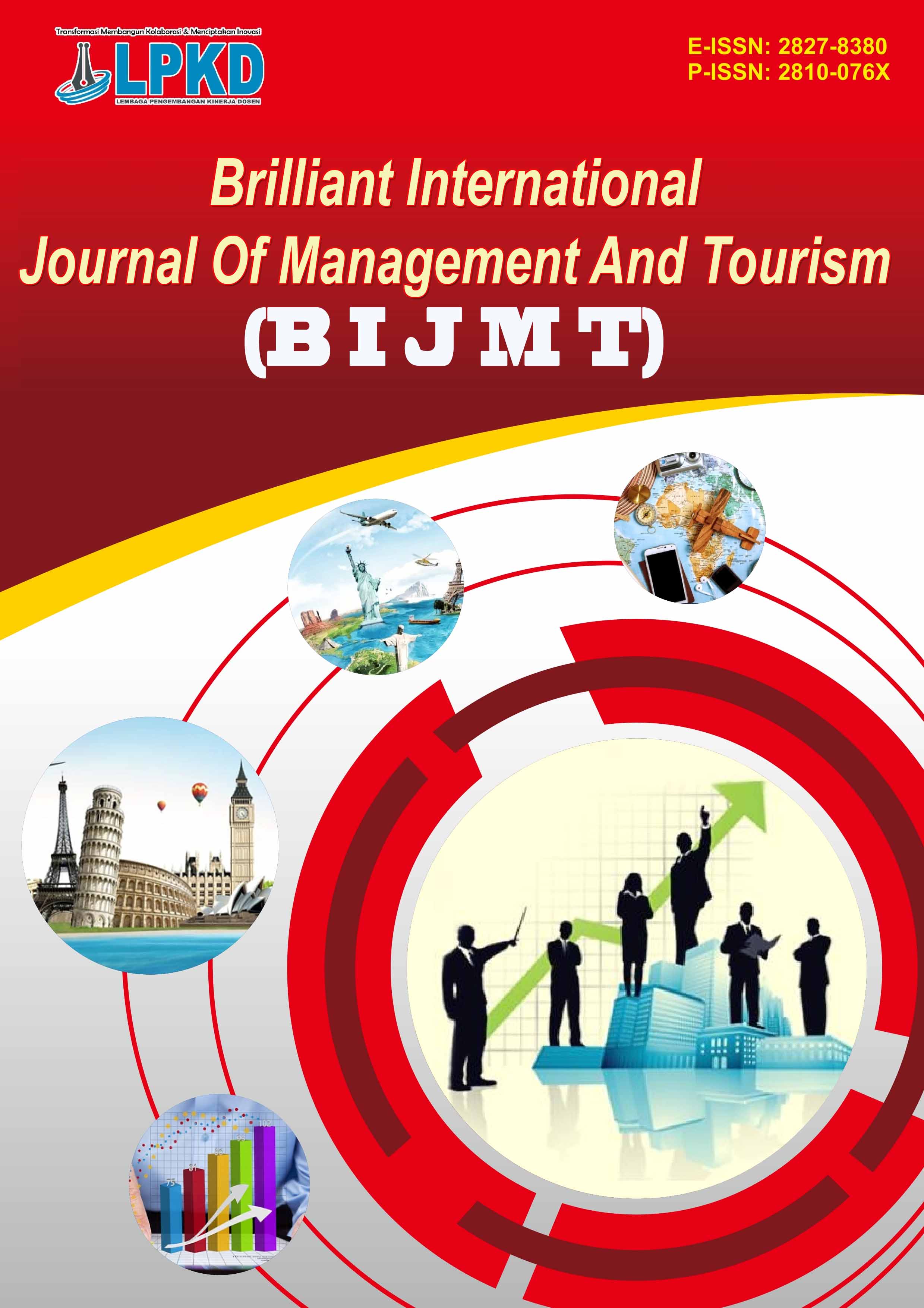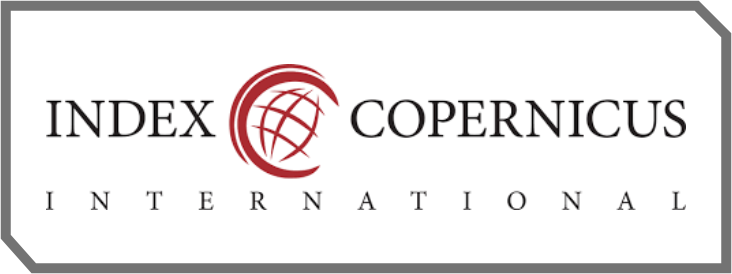Strategy for Diversifying Tourist Attractions to Increase the Appeal of the Tourist Village of Tomok Parsaoran Simanindo, Samosir Regency
DOI:
https://doi.org/10.55606/bijmt.v5i3.5789Keywords:
Attraction Diversification, Batak Toba Culture, Business Model Canvas, Community Empowerment, Tourism VillageAbstract
This research is a descriptive qualitative study conducted in Tomok Tourism Village, Simanindo Sub-district, Samosir Regency. The study aims to identify the causes of limited diversification of tourist attractions and to design strategies for developing attractions based on local culture. The findings indicate that the dominance of traditional attractions that are not creatively packaged, the lack of community training, and the underdeveloped institutional and promotional strategies are the main challenges. The proposed development strategy adopts a Strength-Opportunity (S-O) approach, focusing on enhancing community capacity, fostering cross-sector collaboration, and preserving Batak Toba culture through innovative cultural attractions. As an implementable solution, a Business Model Canvas (BMC) was designed to support the systematic management of cultural-based attractions. The BMC model includes key partners such as local government, universities, MSMEs, and the tourism awareness group (Pokdarwis); key activities such as thematic attraction development, community training, and digital promotion; and key resources including Batak culture, trained local human resources, and the surrounding natural environment. The value propositions highlight authentic and participatory cultural experiences. Customer segments include cultural tourists, students, and digital-savvy travelers. Distribution channels focus on digital platforms, travel agents, and tourism events. The cost structure includes attraction development, training, promotion, and infrastructure. Revenue streams come from entrance fees, MSME product sales, tourism packages, and CSR support. This model is expected to enhance attraction diversification and strengthen Tomok Tourism Village’s position as a leading cultural destination in the Lake Toba area.
References
Arnstein, S. R. (1969). A ladder of citizen participation. Journal of the American Institute of Planners, 35(4), 216–224. https://doi.org/10.1080/01944366908977225
Ashley, C., Roe, D., & Goodwin, H. (2001). Pro-poor tourism strategies: Making tourism work for the poor. Overseas Development Institute.
Butler, R. W. (1980). The concept of a tourist area cycle of evolution: Implications for management of resources. Canadian Geographer, 24(1), 5–12. https://doi.org/10.1111/j.1541-0064.1980.tb00970.x
Cooper, C., Fletcher, J., Fyall, A., Gilbert, D., & Wanhill, S. (2005). Tourism: Principles and practice (3rd ed.). Pearson Education.
Cooper, C., Fletcher, J., Fyall, A., Gilbert, D., & Wanhill, S. (2008). Tourism: Principles and practice (4th ed.). Pearson Education.
Creswell, J. W., & Poth, C. N. (2018). Qualitative inquiry and research design: Choosing among five approaches (4th ed.). SAGE Publications.
Damanik, J., & Weber, H. F. (2006). Perencanaan ekowisata: Dari teori ke aplikasi. Andi Offset.
Etzkowitz, H., & Leydesdorff, L. (2000). The dynamics of innovation: From national systems and “Mode 2” to a Triple Helix of university–industry–government relations. Research Policy, 29(2), 109–123. https://doi.org/10.1016/S0048-7333(99)00055-4
Kotler, P., Bowen, J. T., & Makens, J. C. (2002). Manajemen pemasaran untuk perhotelan dan pariwisata (Edisi Bahasa Indonesia). PT Prenhallindo.
Lincoln, Y. S., & Guba, E. G. (1985). Naturalistic inquiry. SAGE Publications.
McIntosh, R. W., Goeldner, C. R., & Ritchie, J. R. B. (1995). Tourism: Principles, practices, philosophies (7th ed.). Wiley.
Middleton, V. T. C., & Clarke, J. (2001). Marketing in travel and tourism (3rd ed.). Butterworth-Heinemann.
Miles, M. B., & Huberman, A. M. (1994). Qualitative data analysis: An expanded sourcebook (2nd ed.). SAGE Publications.
Mill, R. C., & Morrison, A. M. (1992). The tourism system: An introductory text (3rd ed.). Prentice Hall.
Ministry of Tourism. (2018). Laporan Strategi Pembangunan Kepariwisataan Indonesia 2018. Kementerian Pariwisata Republik Indonesia.
Nugroho, A. (2015). Pariwisata minat khusus dan pengalaman wisatawan. Penerbit Deepublish.
Osterwalder, A., & Pigneur, Y. (2010). Business model generation: A handbook for visionaries, game changers, and challengers. John Wiley & Sons.
Pine, B. J. II, & Gilmore, J. H. (1999). The experience economy: Work is theatre & every business a stage. Harvard Business School Press.
Rangkuti, F. (2005). Analisis SWOT: Teknik membedah kasus bisnis. PT Gramedia Pustaka Utama.
Richards, G. (2011). Creativity and tourism: The state of the art. Annals of Tourism Research, 38(4), 1225–1253. https://doi.org/10.1016/j.annals.2011.07.008
Ritchie, J. R. B., & Crouch, G. I. (2003). The competitive destination: A sustainable tourism perspective. CABI Publishing. https://doi.org/10.1079/9780851996646.0000
Schultz, T. W. (1961). Investment in human capital. The American Economic Review, 51(1), 1–17.
Situmorang, D., & Manurung, A. (2019). Pengembangan atraksi wisata budaya di Tomok, Samosir. Jurnal Pariwisata Budaya, 2(1), 44–55.
Timothy, D. J. (1999). Participatory planning? Lessons from tourism planning in developing countries. Annals of Tourism Research, 26(2), 371–391. https://doi.org/10.1016/S0160-7383(98)00104-2
Timothy, D. J., & Boyd, S. W. (2003). Heritage tourism. Pearson Education.
Tosun, C. (2000). Limits to community participation in the tourism development process in developing countries. Tourism Management, 21(6), 613–633. https://doi.org/10.1016/S0261-5177(00)00009-1
UNWTO. (2019). Capacity building for tourism: Tools and approaches for human resource development. United Nations World Tourism Organization.
Wiranatha, A. S. (2011). Pengelolaan daya tarik wisata berbasis masyarakat di Bali. Universitas Udayana Press.
Yin, R. K. (2014). Case study research: Design and methods (5th ed.). SAGE Publications.
Yoeti, O. A. (1996). Pengantar ilmu pariwisata. Angkasa.
Downloads
Published
How to Cite
Issue
Section
License
Copyright (c) 2025 Brilliant International Journal Of Management And Tourism

This work is licensed under a Creative Commons Attribution-ShareAlike 4.0 International License.











